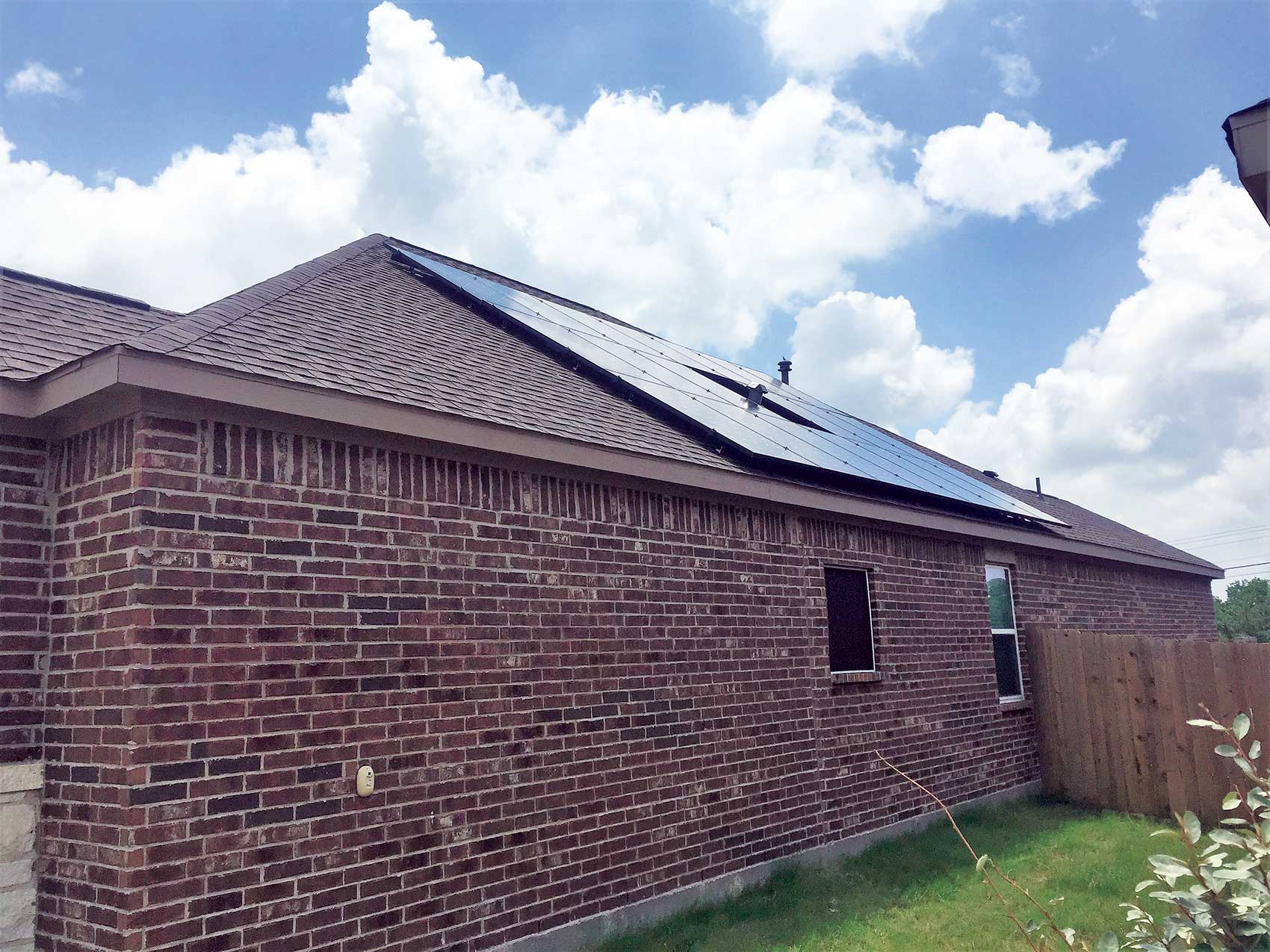Question
Grounding and bonding termination points in dry-type transformers are seemingly an issue in that the NEC apparently is silent on where in a dry-type transformer grounding and bonding conductors should be landed (terminated). In addition, many times installers utilize poorly chosen termination means such as installing a lug over a vented portion of the bottom of the transformer. Are there such termination requirements in the NEC and if so, where are they located? PC
Answer
Up to this point in the NEC language, I would agree with your assessment that the NEC might be silent on this issue other than perhaps 110.3(B) and the transformer manufacturer’s specifications. However, a proposal has been accepted by CMP-9 for the 2014 NEC to address grounding and bonding connections in transformer enclosures (see ROP Proposal 9-144). This new proposed provision located at 450.10(A), incorporates specific requirements for installing an equipment grounding terminal bar in transformer enclosures in accordance with 250.12 (Clean Surfaces). Section 250.12 requires nonconductive coatings (such as paint, lacquer, and enamel) on equipment to be grounded to be removed from contact surfaces to ensure good electrical continuity. Under this proposed requirement, this terminal bar would be prohibited from installation on or over any vented portion of the transformer enclosure. This type of termination utilizing the venting openings results in a less than effective grounding and bonding connection. These venting openings have not been evaluated as grounding and bonding connections and should not be depended upon to serve as an effective ground-fault current-fault return path.
An exception to this rule has also been proposed to address transformers with pigtail leads used as the connection means incorporating any of the methods at 250.8 (Connection of Grounding and Bonding Equipment) in lieu of an equipment grounding terminal bar.
Keith Lofland – CMP-9
IAEI Director of Education













Find Us on Socials